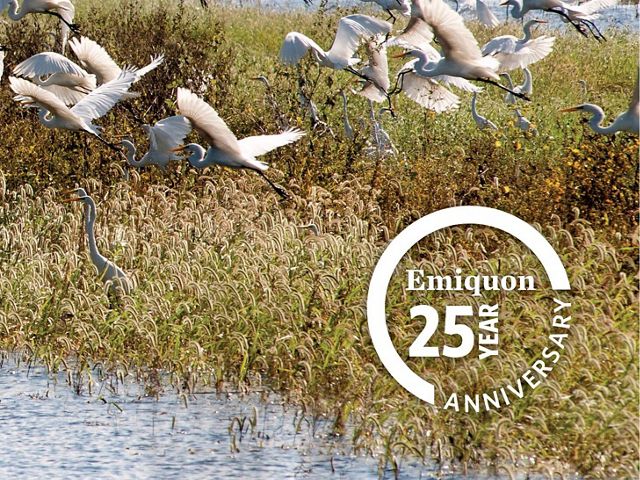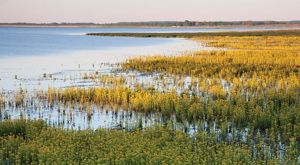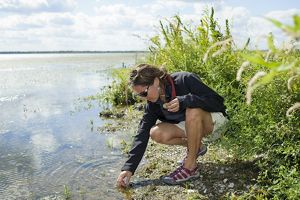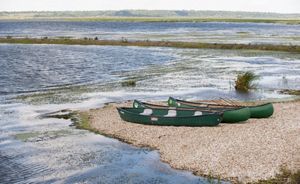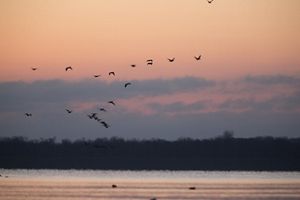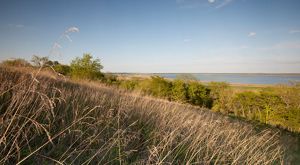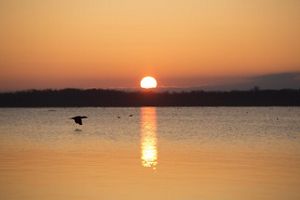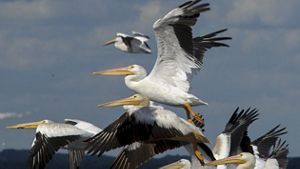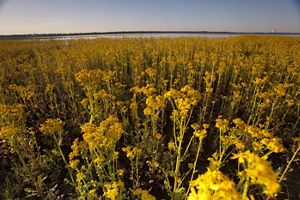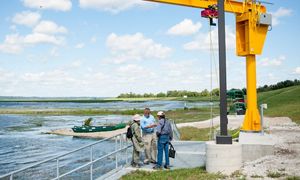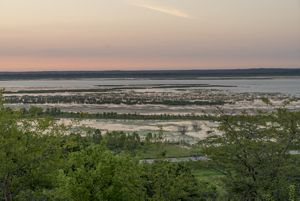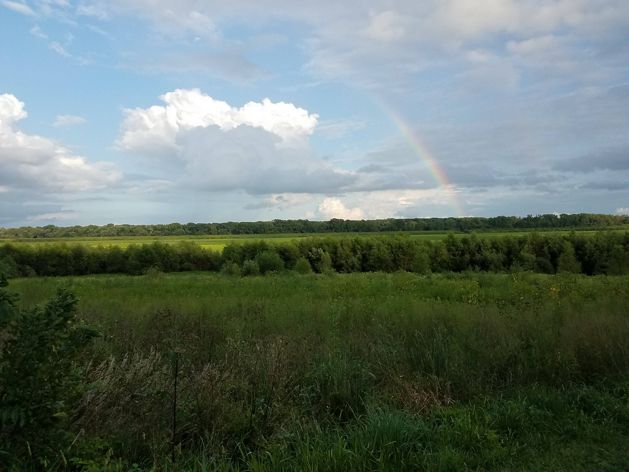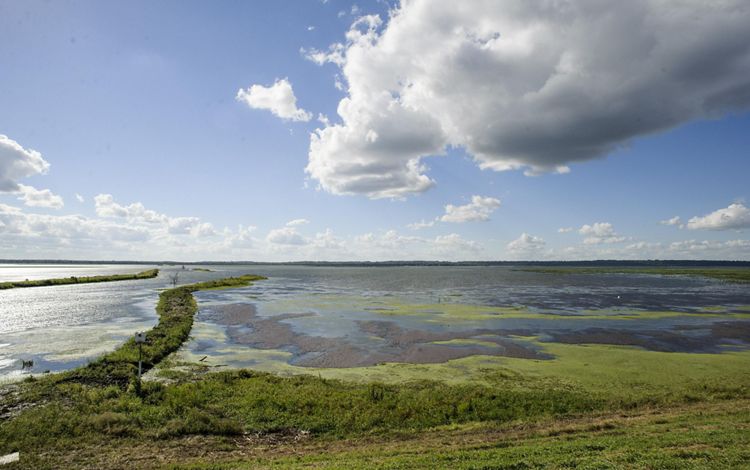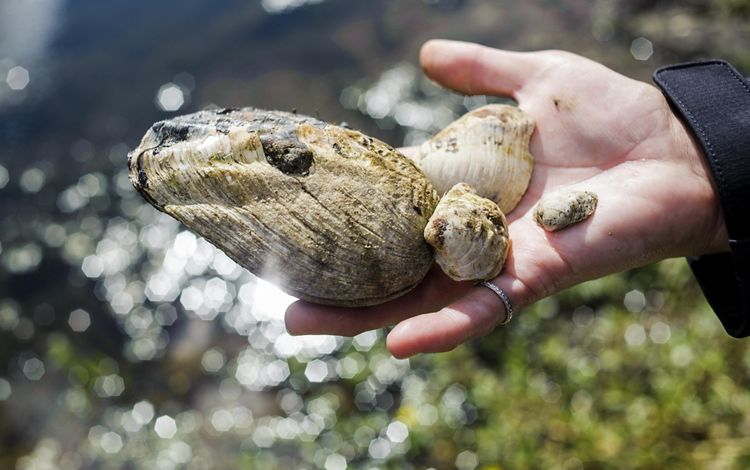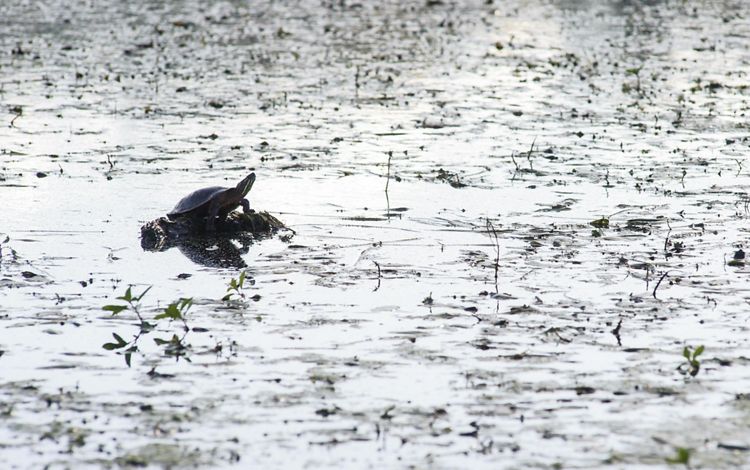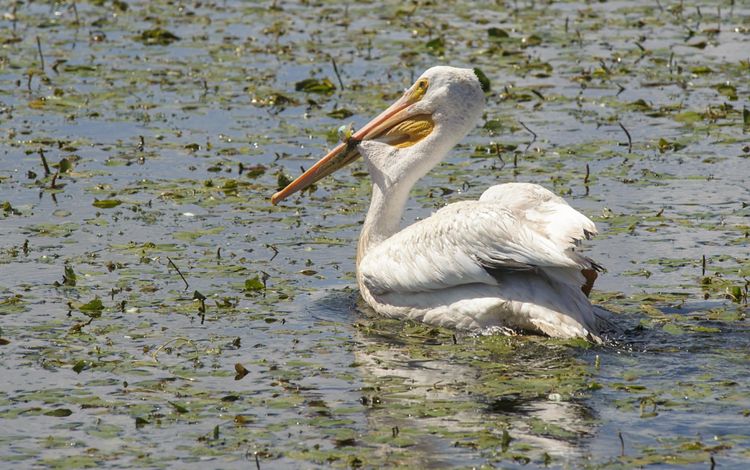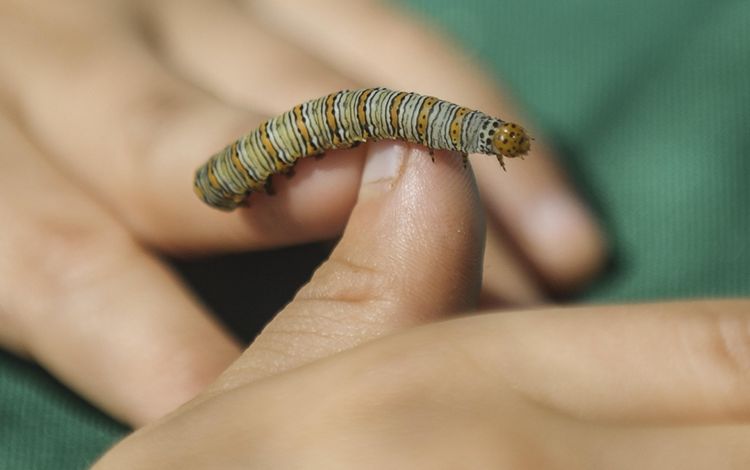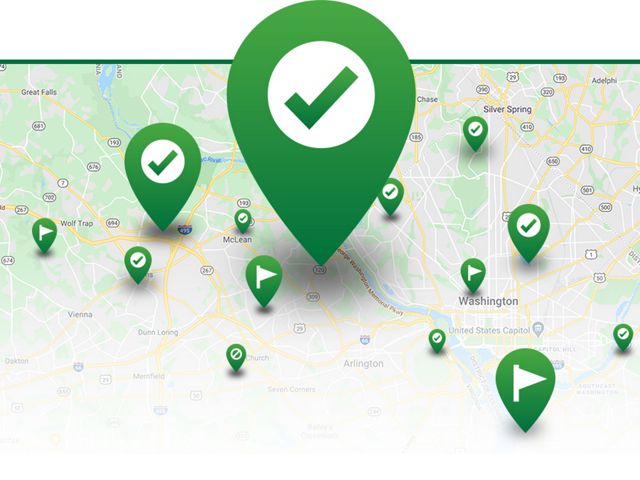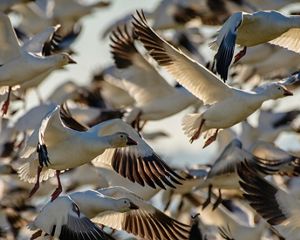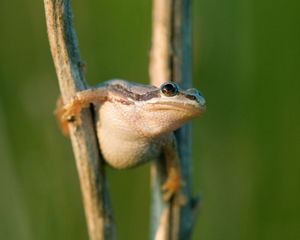Description
At more than 6,000 acres, Emiquon is one of the largest floodplain restoration projects in the Midwest, providing habitat for hundreds of thousands of migratory birds. It is the premier demonstration site for The Nature Conservancy’s work on the Illinois River and within the Upper Mississippi River system and ultimately will help guide large floodplain river restoration efforts around the world.
Additionally, Emiquon offers a wide range of recreational activities, from birding and paddling to hunting and fishing.
Please note:
Lake access permits and liability waivers (pdf) for The Nature Conservancy’s Emiquon Preserve are required as of May 1, 2021. They are available at Dickson Mounds Museum, 10956 N. Dickson Mounds Rd, Lewistown, IL 61542. For up-to-date museum information, please call 309-547-3721 or visit their website. Additionally, Other Power Driven Mobility Devices (OPDMDs) are not allowed except for specific waterfowl hunting opportunities. Learn more about preserve guidelines in the Visit section below.

